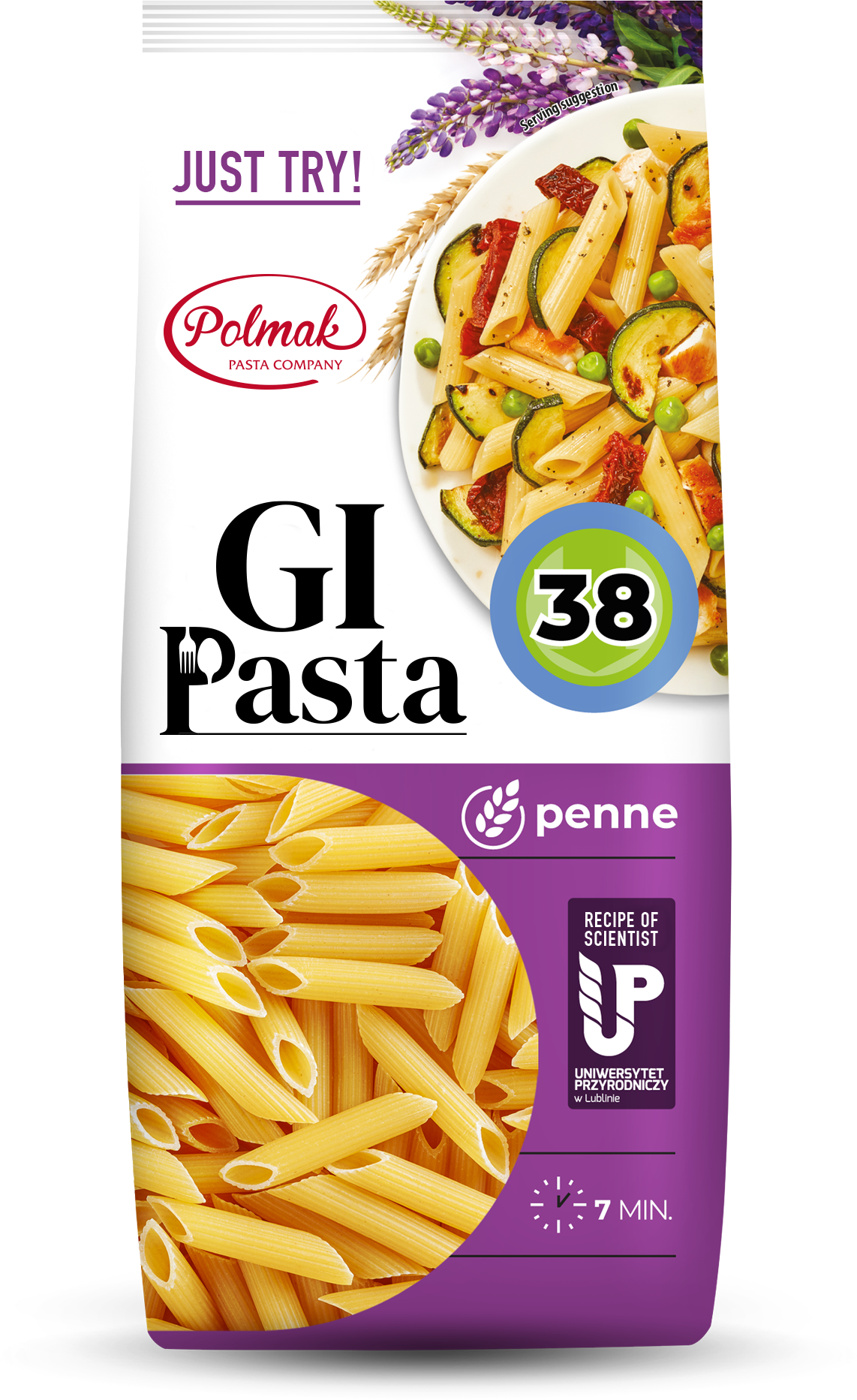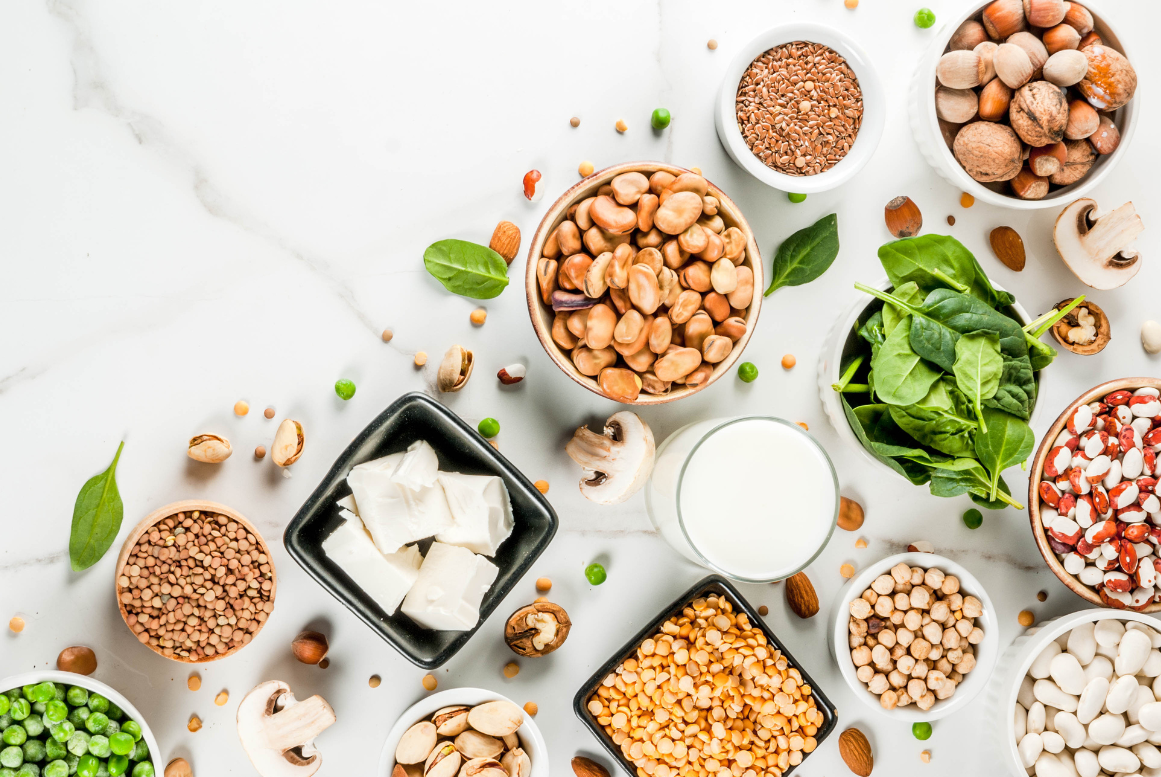You leave the endocrinologist’s office with the doctor’s words echoing in your ears: “You have insulin resistance, please follow a diet or there is a high risk of diabetes.” But you don’t feel any pain; maybe you’ve gained a few kilograms recently, but diabetes right away? Shock! You picture insulin syringes, imagining dosing insulin with every meal because that’s what you associate with diabetes. You panic. Is there no way out, and are you doomed to medication for life? Fortunately, no, but there are several conditions to keep the specter of diabetes at bay.
First, stay calm and understand that insulin resistance doesn’t have to be the end of the world; it can be a starting point for a healthier life.
Education is Key
Insulin resistance is not synonymous with diabetes, although it can be a precursor. It’s a condition where the body’s cells stop responding properly to insulin, becoming resistant, leading to elevated blood sugar levels. Therefore, it is essential to control carbohydrate intake to avoid rapid spikes in blood glucose and insulin levels. Moreover, insulin resistance is the body’s emergency response to prevent immediate diabetes. It’s a warning signal that our body is crying out for help. Insulin resistance is a metabolic disorder that can be managed or even reversed, although genetic predispositions remain in the cells forever. Therefore, arm yourself with strength, knowledge, and motivation to tackle the problem as soon as possible and steer your body back on track.
Diet in Insulin Resistance – What to Eat?
First, let’s debunk the myth that you need to completely eliminate carbohydrates! This is not true. Simply replace simple carbohydrates found in white bread, couscous, wheat pasta, or white rice with complex carbohydrates found in whole grain rye bread, coarse groats, brown rice, or pasta made from durum wheat or whole grains, and control their quantity in meals. The fluctuation of blood glucose levels depends largely on this dietary component. The recommended eating style for insulin resistance is a low glycemic index diet combined with the principles of the Mediterranean, DASH, or MIND diets, which were recognized in 2024 by U.S. News & World Report as the healthiest diets in the world.
The main principle of composing meals in insulin resistance is to ensure that half of the plate consists of vegetables (raw, cooked, roasted), a significant portion of good quality protein, and a small addition of a source of complex carbohydrates. As you can see, this does not mean completely eliminating carbohydrates. Instead, choose those that are slowly absorbed into the blood, such as whole grain products, vegetables, and fruits with a low glycemic index. These foods provide the body with essential nutrients without causing sudden spikes in blood sugar levels.
An important part of a healthy diet for people with insulin resistance is also controlling fat intake, especially saturated and trans fats (confectionery, fatty meats, margarine). Instead, focus on monounsaturated and polyunsaturated fats, such as those found in olive oil, rapeseed oil, nuts, avocados, and fatty fish. These fats help regulate blood sugar levels and protect the heart.
Regular protein intake is also crucial for maintaining stable blood sugar levels. Choose low-fat protein sources such as poultry, fish, eggs, tofu, legumes, and low-fat dairy products.
A very helpful habit for stabilizing post-meal blood glucose levels is eating in the correct order. Studies confirm that if you start eating with vegetables and protein and finish with grains, there won’t be a rapid spike in blood glucose and insulin levels, and their levels will remain stable for a longer time after the meal, promoting a feeling of satiety. This will also help you regulate portion sizes and curb cravings for sweets after a meal. It’s also worth knowing that cooking grains al dente slows down glucose release into the blood after consuming such a meal. Therefore, do not overcook pasta, groats, or rice.
Look for healthy grain products with a low glycemic index by paying attention not only to the manufacturer’s promise but also to the ingredients. If high-processed wheat flour, sugar, or sweeteners are listed first, the product will not positively affect blood glucose regulation. Look for products containing durum wheat flour, type 1850-2000 flours, legume flours (lupine, soy, chickpea, lentil), fiber, and oats. Only then the product meet the criteria of a low glycemic index product.
In addition to a proper diet, regular physical activity is crucial for managing insulin resistance. Exercise helps improve insulin sensitivity and regulate blood sugar levels. Both aerobic exercises and strength training are recommended. Start with daily walks or taking the stairs instead of the elevator, and you’ll already feel positive effects. It’s also important to monitor blood sugar levels and collaborate with a doctor and dietitian to develop a personalized treatment and diet plan.
The diagnosis of insulin resistance can be the beginning of a healthier and more conscious life. Instead of panicking, focus on healthy eating habits, regular physical activity, and continuous medical care. Remember that with knowledge and the right actions, you can effectively manage your health and enjoy better well-being every day.









